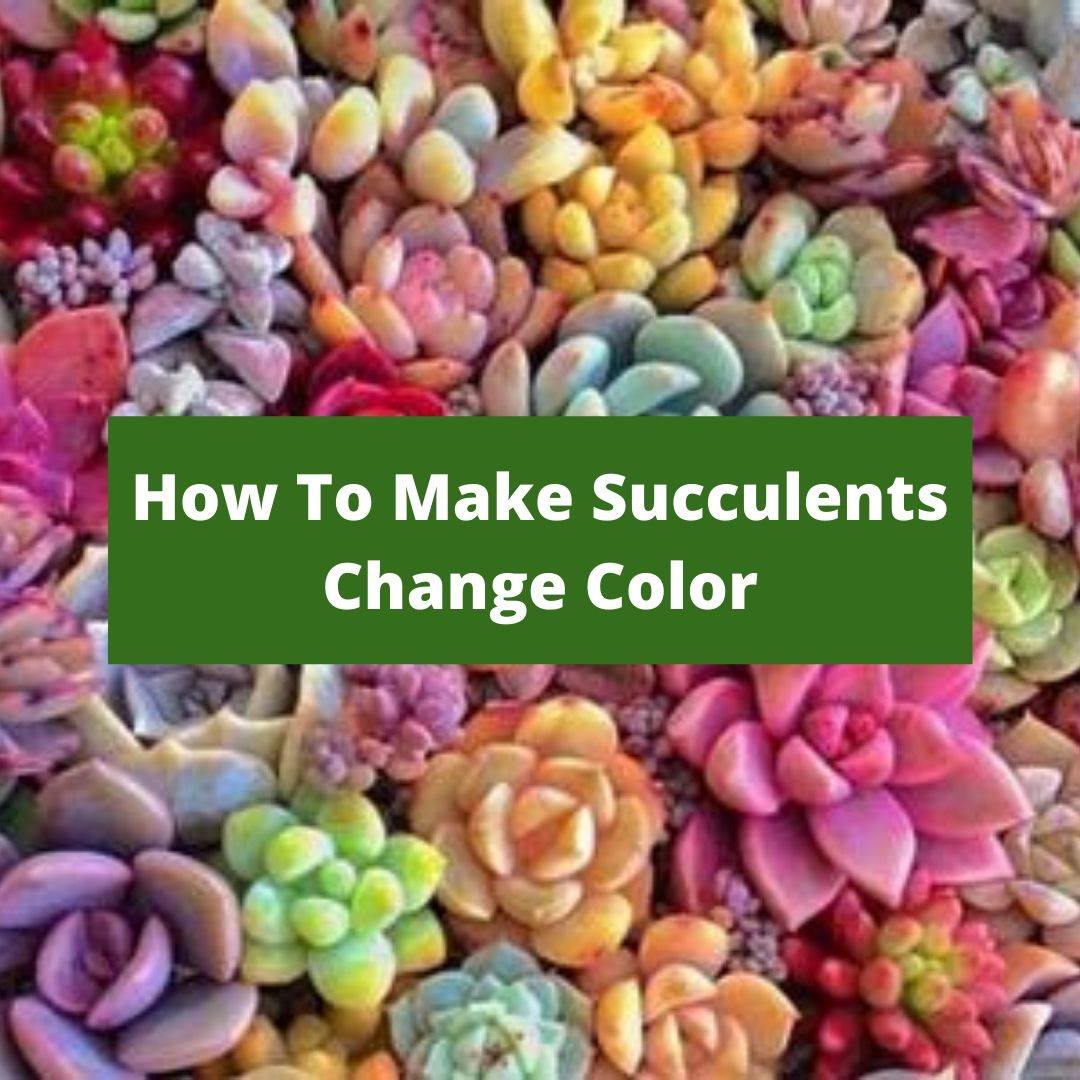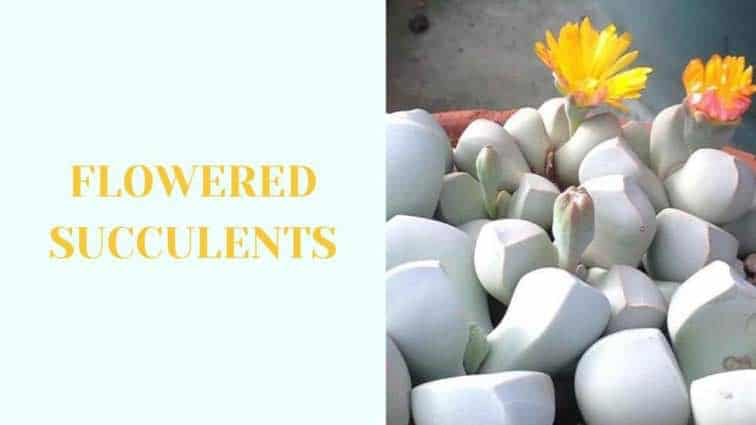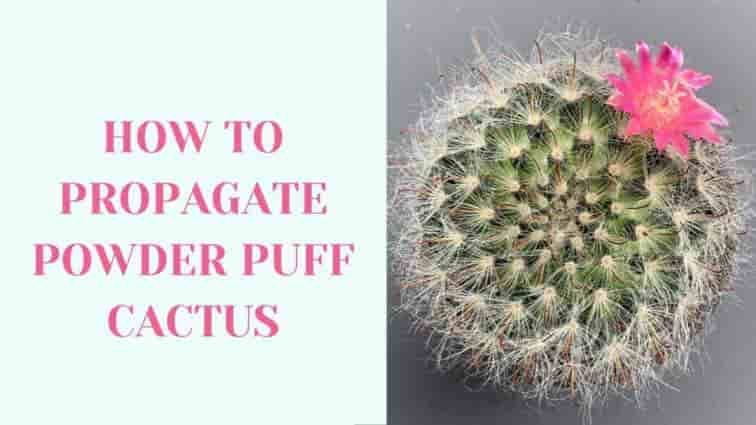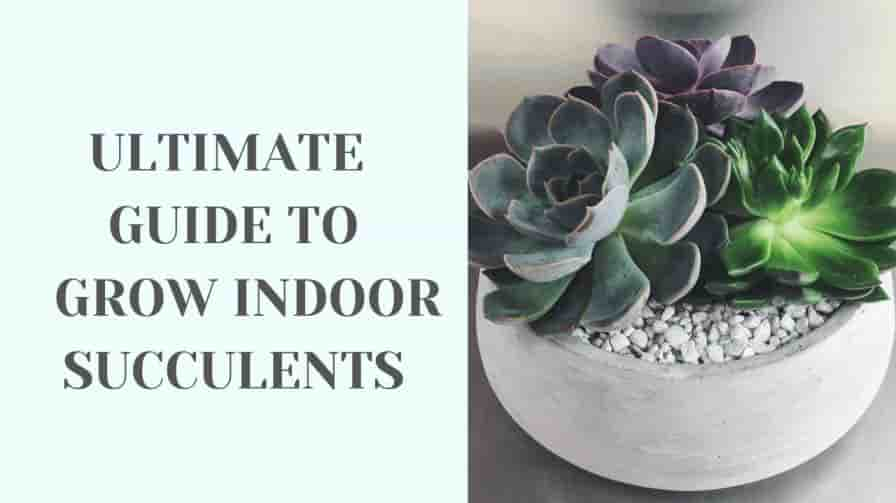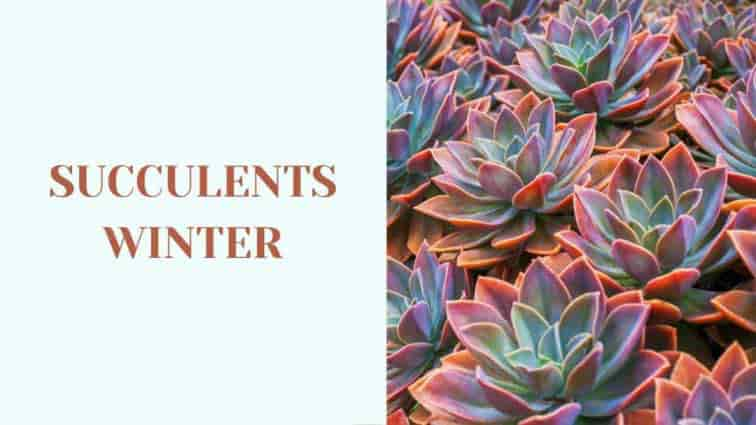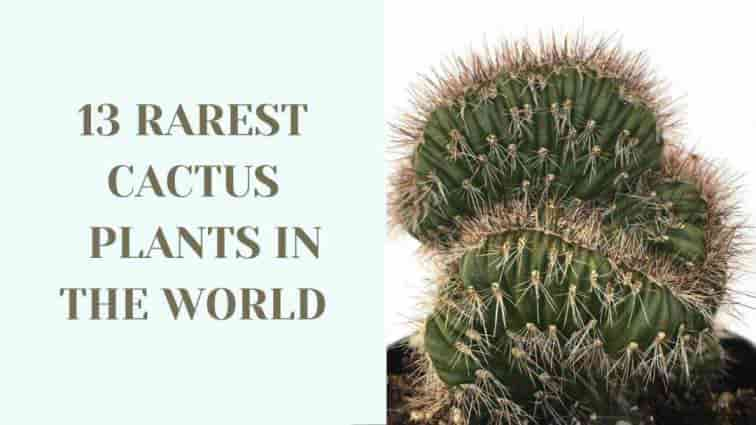Jade plants also are known as ‘Crassula Ovata.‘ These plants are easy to grow and relatively hardy plants. These two features make the plant perfect for any grower who does not have a lot of time or is a beginner planter. Some jade plants start turning red, and that might make you worry, thinking ‘what is wrong with my plant, and how can I fix it.’
Why is my Jade Plant Turning Red? The Jade Plant turns red because of several factors, such as head, too much sunlight, lack of proper nutrients, and more. Some of the Jade plants turn red naturally; in many cases, there is no need to worry, while in others, you might need to worry.
Often this color change is relatively harmless, but you should still make sure that your plant is in good health. As you keep reading through this article, you will start to develop a deeper understanding of why your plant turns red, as well as several tips to help your plant live longer.
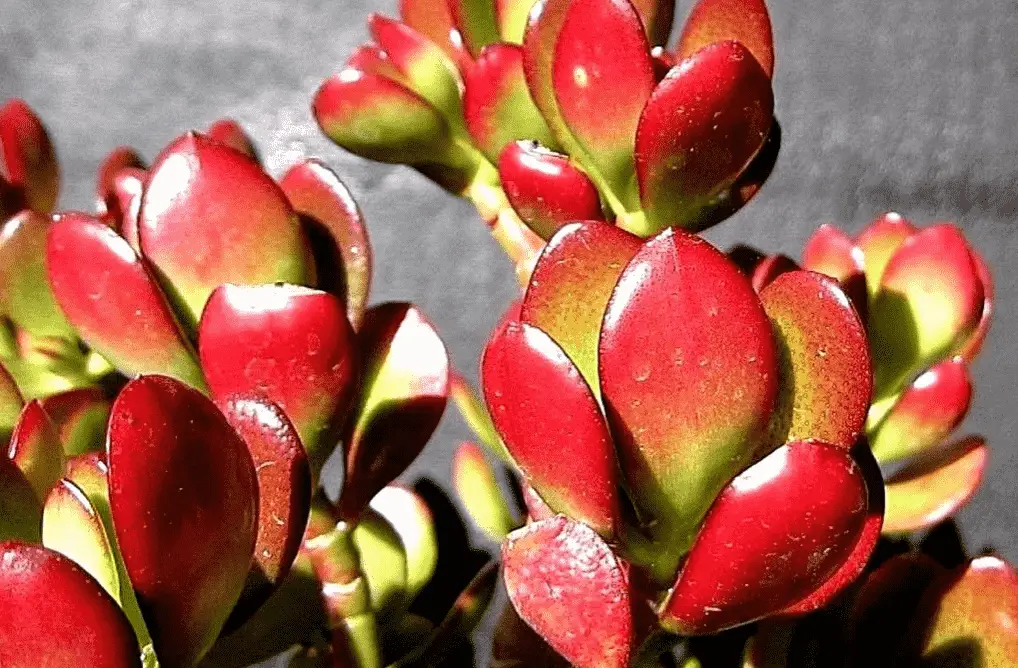
Picture via Ebay
Ornamental Features Of Jade Plants
Jade plants belong to the Crassulaceae family and tend to be native to Southern Africa, the desert regions. About 100 years ago, the plant was introduced to Europe, and ever since then, the Jade Plant has been a stable favorite for most growers. The plant has helped its popularity mostly due to its hardiness while still being so easy to care for. It does not hurt either that the plant looks exceptionally beautiful, not so different from the traditional Bonsai tree.
When left in its natural habitat, the plant grows up to 3m (10 feet) tall and stands wide. The plant’s stem stands firm and appears to be larger than many other plants while still covered in green succulent fleshy leaves. These leaves can grow to 0,5cm (1/4″ inch) thick and always remain beautiful. Jade plants grow slowly, meaning you can own it while not having to pay too much attention to the plant.
Jade plants can live to be 100 years old, so it is most likely going to outlive its owner. These plants tend to grow more beautiful with each year it has been taken care of correctly.
When caring for a Jade plant indoors, don’t expect it to bloom that often. The plant wants to be outside, where it thrives best in a warm and sunny environment. If your conditions are similar to its natural habitat, you can expect beautiful pink star-shaped flowers to bloom during the wintertime.
Under no circumstances should you stress if your Jade Plant never flowers; most people who grow them don’t have the conditions required to achieve that. The necessary amount of sun and the amount of heat needed is mostly not achievable unless you live in the correct zone for the plant. Some growers who live in the perfect condition for the Jade don’t even see it bloom; it all depends on luck.
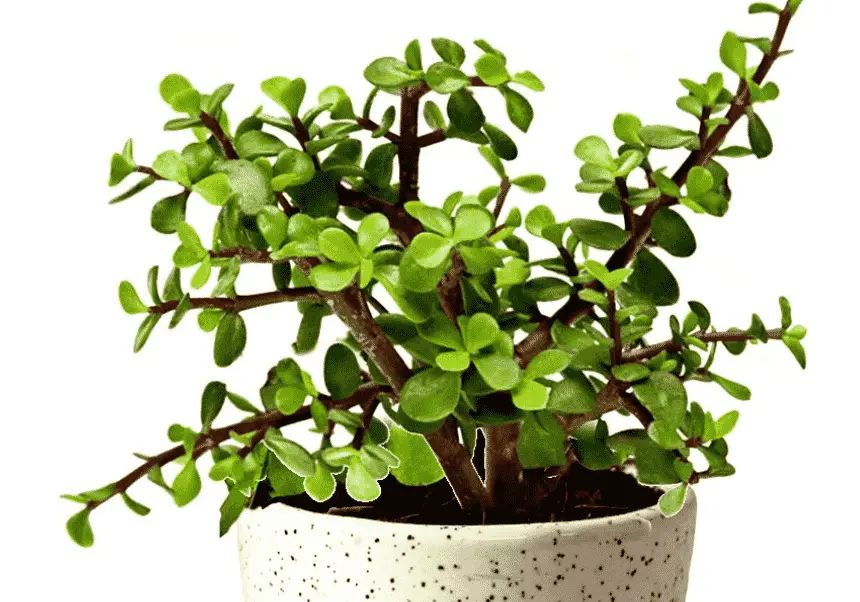
Picture via Amazon
Natural Conditions That Makes The Jade Plant Turn Red
Some growers live in extreme environmental conditions, having said that, that does not have to be a bad thing for you. Some Jade Plants turn naturally, so, likely, it is not suffering. You need to remember that Jade Plants are native to a dry area, with enough wind going around it. The harsh environmental conditions the plant is native too would be inhospitable for most other plants but not the Jade.
When a Jade plant is in harsh conditions, that usually means it is in a warm area with intense sunlight and not fertile soil or even enough water. Interestingly enough, the Jade plant often feels best in such conditions. For the plant to take on that red color is usual in these circumstances. That is yet another reason why the plant makes for such a great garden addition. They perform best under ‘bad’ conditions.
Now, if you start noticing hues of red, then you need to be on your toes. Examine the plant carefully and try to understand the environmental changes that are happening to your plant. It is more likely than not that your Jade plant is having one of the following problems that promote redness.
- Jade plants that get way to much sun tend to turn red.
- The Jade plant foliage changes to red with extreme temperature changes such as from very warm to very cold.
- When you reduce the frequency of watering, it may cause the Jade to lose some of its original green colors and change into red.
- When you withhold fertilizer feeding, it might make your plant turn slightly reddish.
- Jade plant that turns red without the other issues could be experimenting lack of nutrients from its soil.
Now, if you notice your Jade plant’s foliage turning slightly red but still overall looking healthy, then relax your plant is fine. The plant was meant to do so; it is, in some way, a survival mechanism that the plant has. This survival technique has helped the plant thrive in places where it would otherwise not endure. It is, in many cases, the most natural thing for your plant to turn slightly reddish.
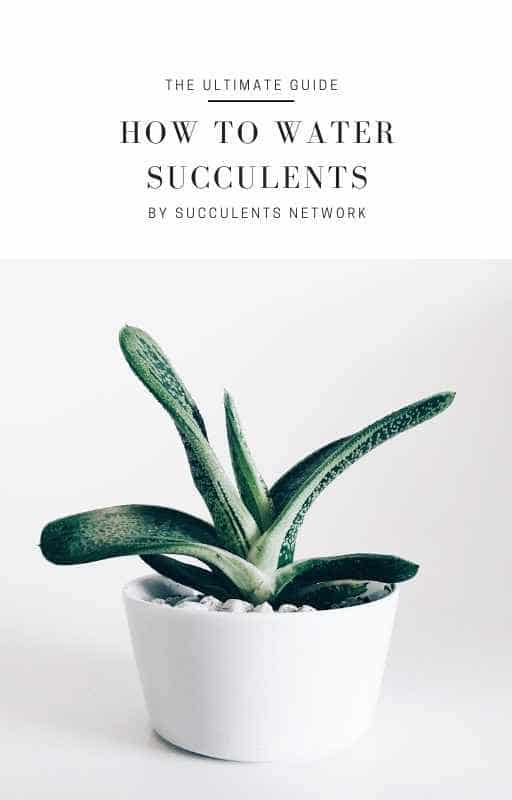
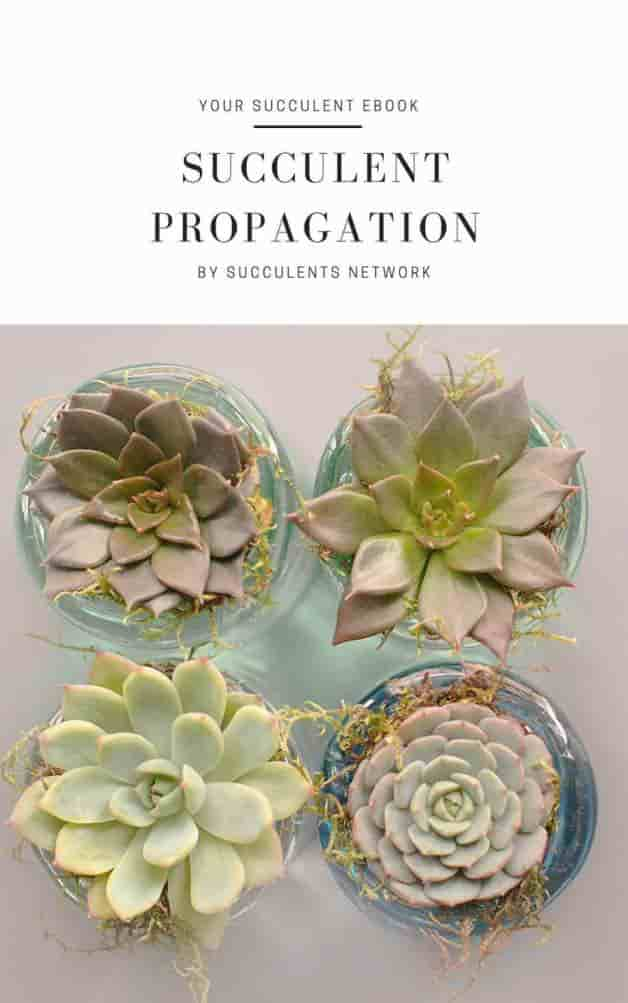
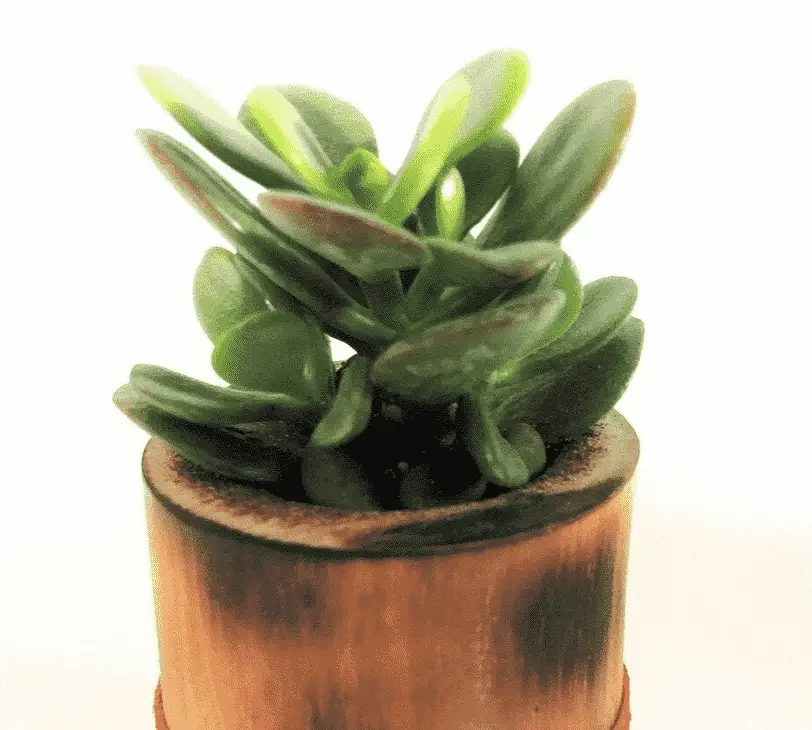
Picture via Pinterest
Insect Problems Causing Red Leaves
If you have been taking good care of your plant, but for some reason, it is still turning red, and you are worried, then take a closer look at what is happening. Some changes should not be ignored, and there might be something wrong that could be easily fixed.
Your plant might have Spider mites; Jade plants are susceptible to these types of insects. Often the fastest way to identify this issue is by looking closely at the plant. If this is happening to you, there will be a fine layer of webbing over or around the Jade plant.
In addition to that, if you notice small red spots coming from the stems or leaves, you might have spider mite issues. You should react quickly before this spreads to your other indoor plant, causing you more problems than you want to deal with.
I would recommend using an insecticidal soap or a dedicated spray to deal with this issue. Make sure that you use it on your entire plant, all the stem, leaves (both sides). Most importantly, follow the product’s instruction when creating the mixture, and with the frequency of application.
Controlling The Amount Of Red On Your Jade Plant
One fun fact about the Jade is that you can have control of how red your plant’s foliage turns. This all depends on how you water your plant, what kind of soil you use, and the amount of light it receives. Although most people prefer their plant to stay entirely green, there’s nothing wrong with that either.
- Reddish Leaf Tips: For the best chance of getting reddish leaf tips, make sure to grow your plant in a rich, well-drained potting mix. Then cut back on the frequency you water the plant, and you should start seeing reddish leaves.
- Maximum Greenness: If you want to achieve maximum greenness, you need to grow your plant in a fertile, well-draining potting mix. This mix should be feed with half-strength fertilizer and placed in medium lighting conditions. Remember to water only when the soil becomes dry.
- Maximum Redness: When you want your plant to be as red as possible. Make sure that your plant is growing in a less fertile soil than otherwise. It should also receive direct sunlight throughout the whole day. When the sun is more, and the soil is less fertile, it will eventually result in redder foliage. Allow the soil to stay dry for a longer time than normal; it will help to promote redder foliage.
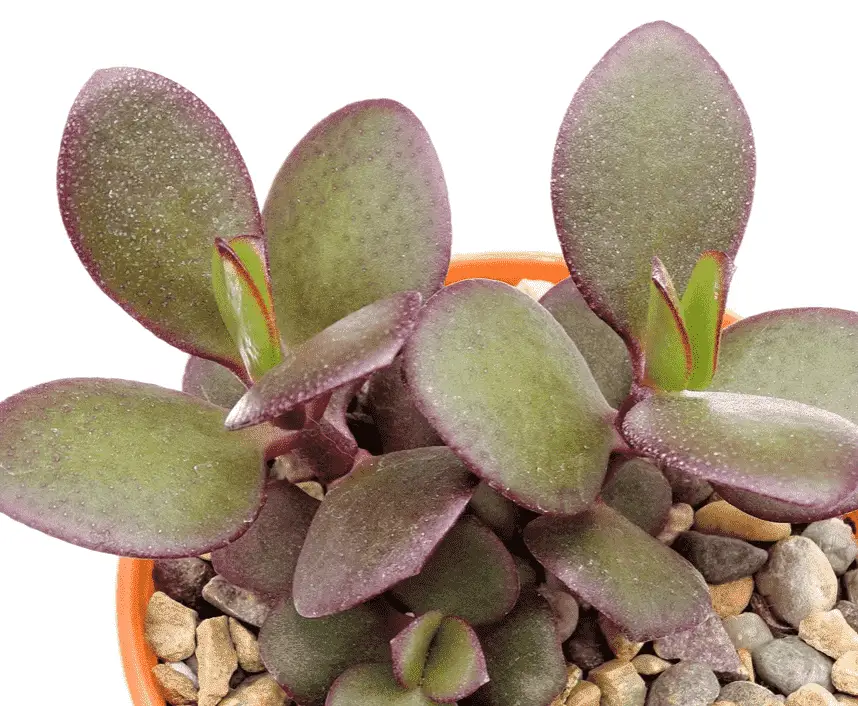
Picture via gardensforthesenses
When To Worry About Your Jade Plant Turning Red
For most people, when a Jade turns red, it is one of the most natural things out there. Don’t bother worrying about that, especially if your plant appears to be healthy. On the other hand, if your plant seems sick, you might need to analyze what’s wrong with your Jade plant.
If you tried treating the Jade plant with the mites solution, but it still looks sick, then you might have neglected the succulent more than ever advised. Here are some of the more common issues that I have previously mentioned in some of my articles.
Thankfully the Jade plant has a natural tolerance to drought, so when you withhold water, all it does is that your plant will start developing a red coloration. Although, just because it is tolerant of a drought, that does not mean that you should dry it out and not feed it water. It needs water to grow healthy, so if you attempt to create color changes, be careful, and do it correctly.
If you feel that your Jade’s leaves are losing some of their girth, gloss, or even start to look shriveled, that means your underwatering. Left in this state for a more extended period will mean that it will start losing leaves, and eventually die. You don’t want to lose your entire plant due to neglect.
Everything depends on the condition of the soil its placed in. Reporting your Jade into a fresh, well-drained soil could be a good idea, but remember to water your plant thoroughly. If you want to learn a more detailed way of watering your succulent, be sure to have a look at our ‘Watering Guide‘. There you will find all the information you need. If you are trying to achieve foliage redness by withholding water, you should still be feeding your plant water every three weeks or sooner, depending on your plant.
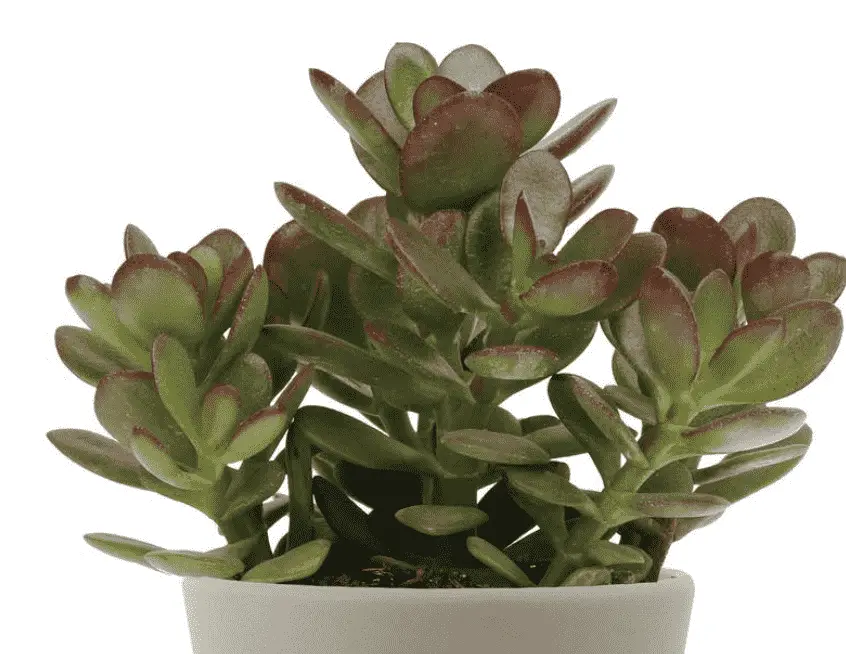
Picture via homedepot
Naturally Red Jade Plants
Now, some Jade plants are not that green, and in fact, they are naturally red. If you have one of those plants, it does not matter what kind of conditions your plant is in; it will be redder. When attempting to buy a Jade plant, you will, in most cases, find the typical green Jade. Standing sturdy with its green oval leaves and strong brown stem.
In some cases, you can spot different varieties of the Jade, the once that produce red leaves. In most cases, that would be online from a plant form that deals explicitly in those succulents. Now, regardless of the variety of plants, all of the Jade plants require the same care.
If you are interested in Jade plants that are naturally reddish, then I will list some for you here below so that you can locate and perhaps buy one down the line.
- Red Jade Tree (Crassula Ovata ‘California Red Tip’): When grown in bright light and full sun, the leaves will turn slight purple-red.
- Tricolor Jade (Crassula Ovata ‘Tricolor’): The Jade with leaves that appear to be more pointed than the typical oval. The foliage tends to be more white, green and rose.
- Hobbit Jade (Crassula Ovata Convoluta ‘Hobbit’): Perhaps one of the slower-growing Jades that will eventually reach 1,5m (3feet) tall. With leaves that have reddish tips, and its an easy to care for succulent.
Basic Care
As I previously said, Jade plants are easy to grow and care for. Maintaining the plant requires minimal effort on your part, and yet it will turn out healthy. They don’t care about what type of soil you use as long as it drains well. Although we would always recommend using a well-draining soil for all plants, it will make your life as a gardener that much easier.
If you over-water your Jade, its roots will start to rot, and it will die. Be sure to water it correctly and only when necessary so that you don’t accidentally kill your plant.
Regarding lights, Jade plants prefer to be in a well-lit area with medium indirect light with temperatures that are comfortable for you. If you feel comfortable in the temperature at your house, your Jade will too.
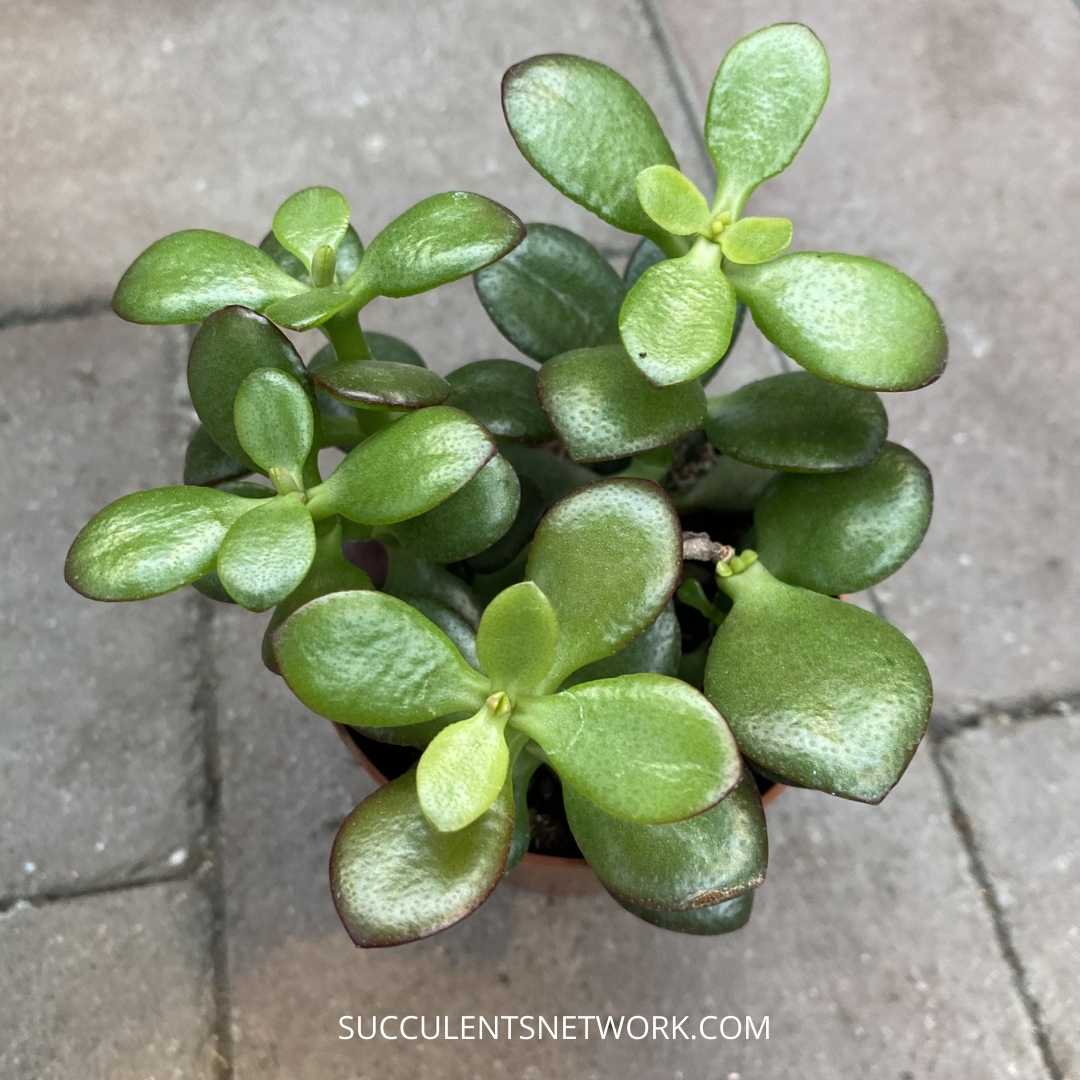
Picture by Succulents Network
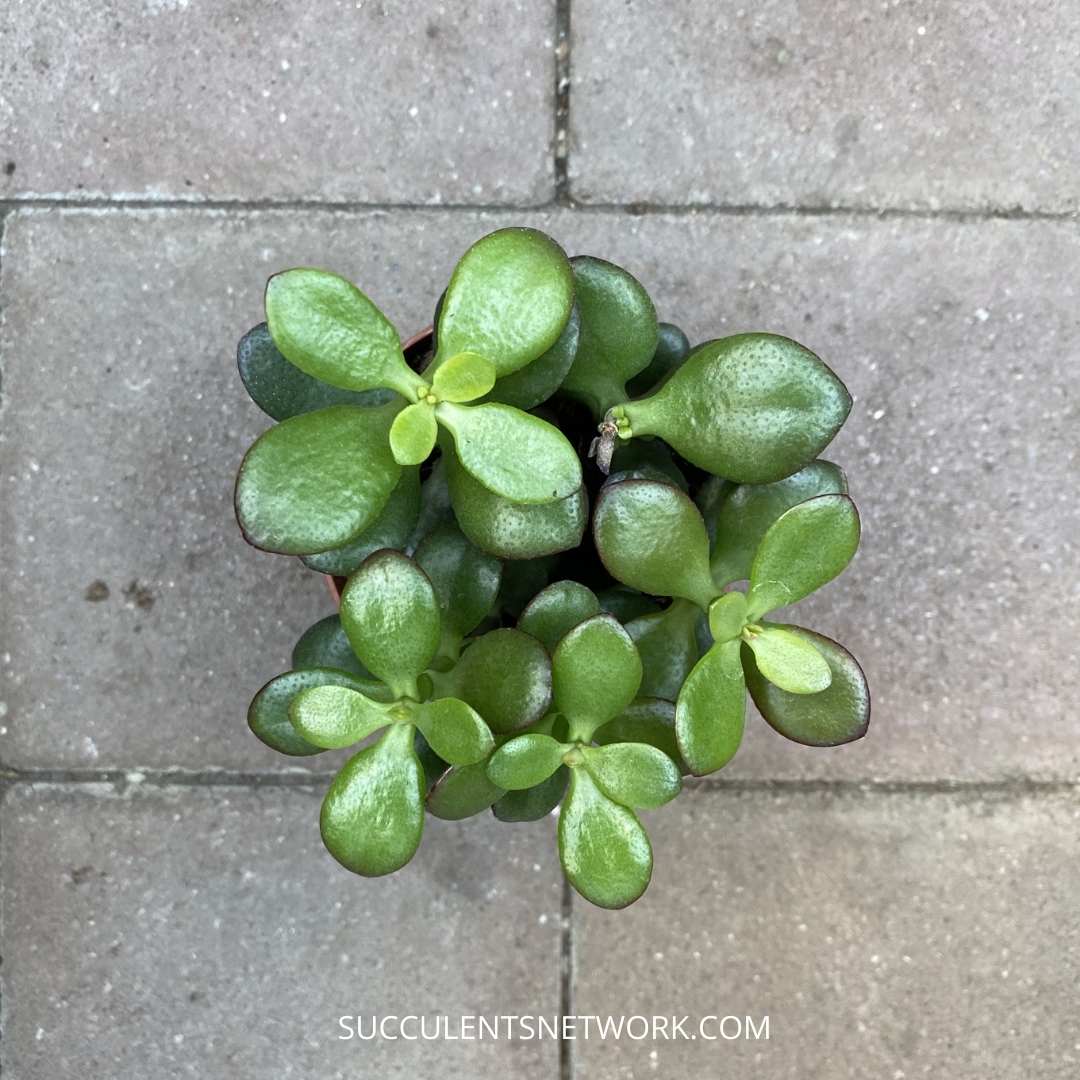
Picture by Succulents Network


